“I intend to get my message across with irony and satire” – artist Joana de Oliveira Guerreiro
October 22, 2019
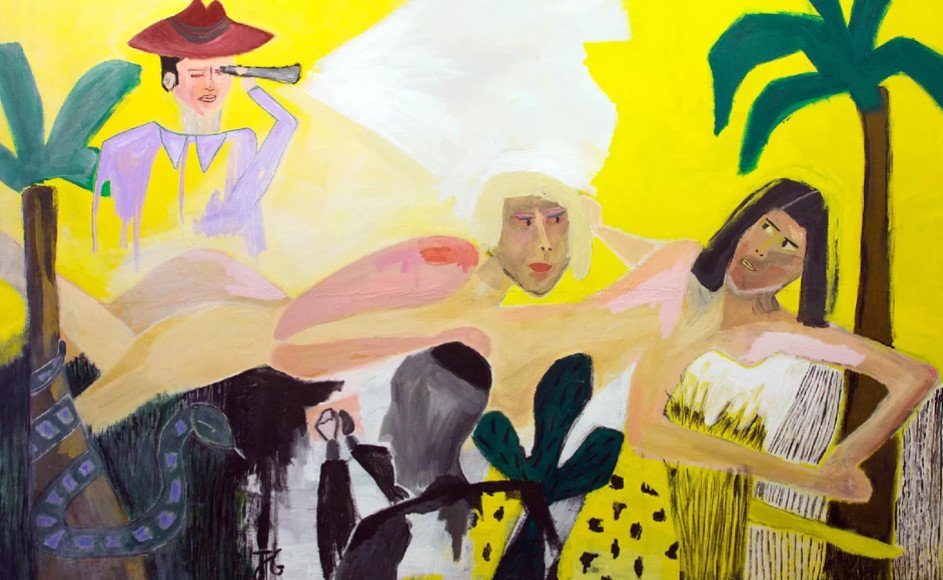
‘The Duke of Marmalade’
Joana is a Liverpool-based artist with more energy than a honey bee in the middle of the summer. Her creativity is a powerful force and paired with a critical eye, the resulting work is memorable to say the least. We caught up in her loft appartment/ studio, surrounded by piles of large-scale canvases and lush plants in the evening light.
Having studied Politics and worked at NATO, how did you get back into art to now do it full-time?
I moved to Liverpool and did a foundation course in Art and Design – for a year I did a different workshop every day. I just turned up to the college and said ‘where is the head of the course?’ She said ‘I’m just on my break eating my sandwich and I need to go to class and the minute but who are you?’ So I said showed her a website with all of my photographs. She was going through them, carried on eating her sandwich and she just said: ‘you’re in!’
Tell me about the themes and subject matter you explore and the characters you create/ reveal through your work.
I like to tell particular stories that have a metaphorical potential to explain very big issues. I like to talk about almost everything: social and political trends, human behavior, climate change. The choice of characters, colours and composition in my work are a thought-out visual decision and an embodiment of how I intend to pass the message across to the viewer.
How did you start creating art?
The way I used to exercise my artistic side was always photography. I was really into fashion, I used to draw a lot but painting was not allowed at home because ‘it makes a mess’. Because I wasn’t allowed to paint, I would secretly paint every single corner in the house – literally the corners of my bed or the inside of lampshades.
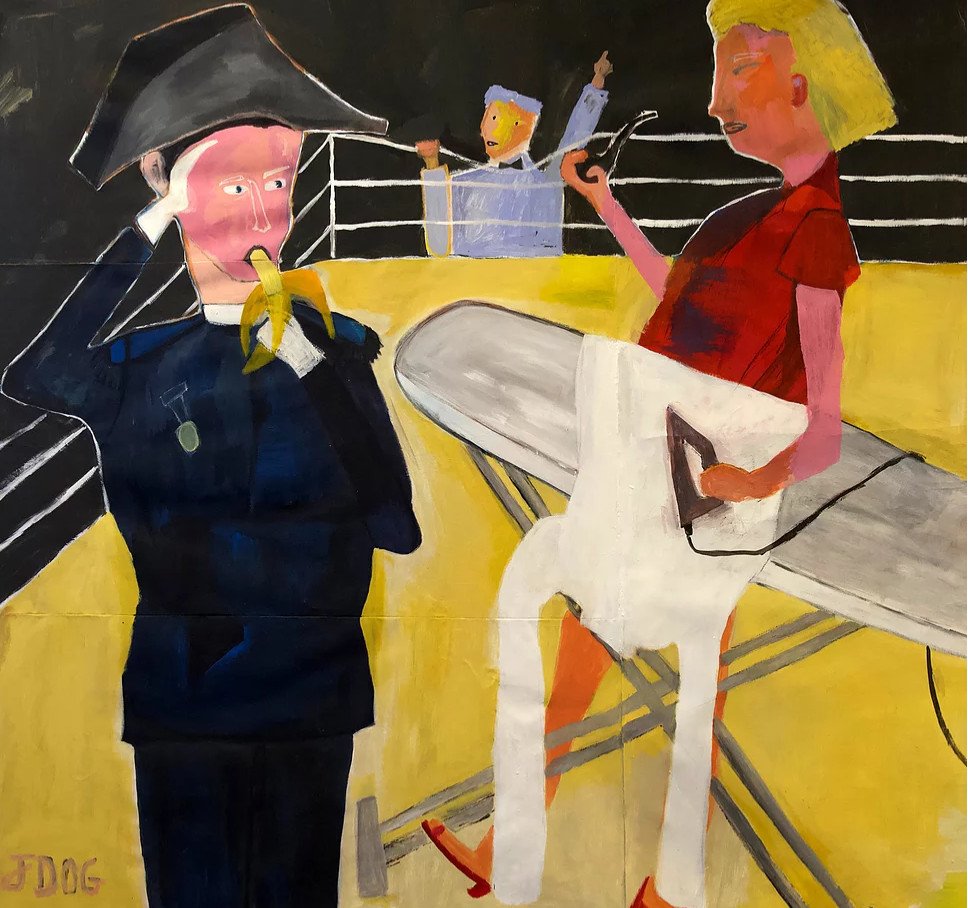
‘Tomorrow’s People’
Why have you chosen painting as your medium of choice? What other mediums do you utilise?
Painting has been the most obvious way for me to express myself since I remember, it has been the activity that brings the most pleasure into my life. Seeing incredible paintings by other artists has always triggered in me the desire to express myself in the same way but I consider myself a fine artist, not only a painter because I work with several mediums. Ceramics have always played an important part and I love making sculpture. I’ve done a lot of photography and animation as well. Film and animation is something that I’m starting to explore more and more.
Has your technique changed over time? If so, how?
I would say that it’s almost like a living being. There are common aspects that make each piece of work part of body that becomes a narrative over time. You can tell that each work is done by me but it’s constantly slightly changing and evolving into something else. I like to think that my practice changes organically as an extension of myself.
You mention that you don’t want to talk about only your own experience through you work, but that painting becomes a space for everyone else’s story. Is there anything in particular that inspires you? Any particular form of interaction?
It’s impossible not to talk about my own experience in my work, but it’s just not very interesting to me to expose a very self-focused narrative in my work. I talk about the way I experience the world through references that resonate with the viewer. I get easily inspired by everything. I like telling stories, I love humor and I intend to get my message across with irony and satire. I see criticism of whatever is wrong in society being talked about very seriously more than in a funny way, so I guess the challenge is to be able to do it creatively, with impact but in a gracious way. That’s what can be more difficult and that’s really appealing to me.
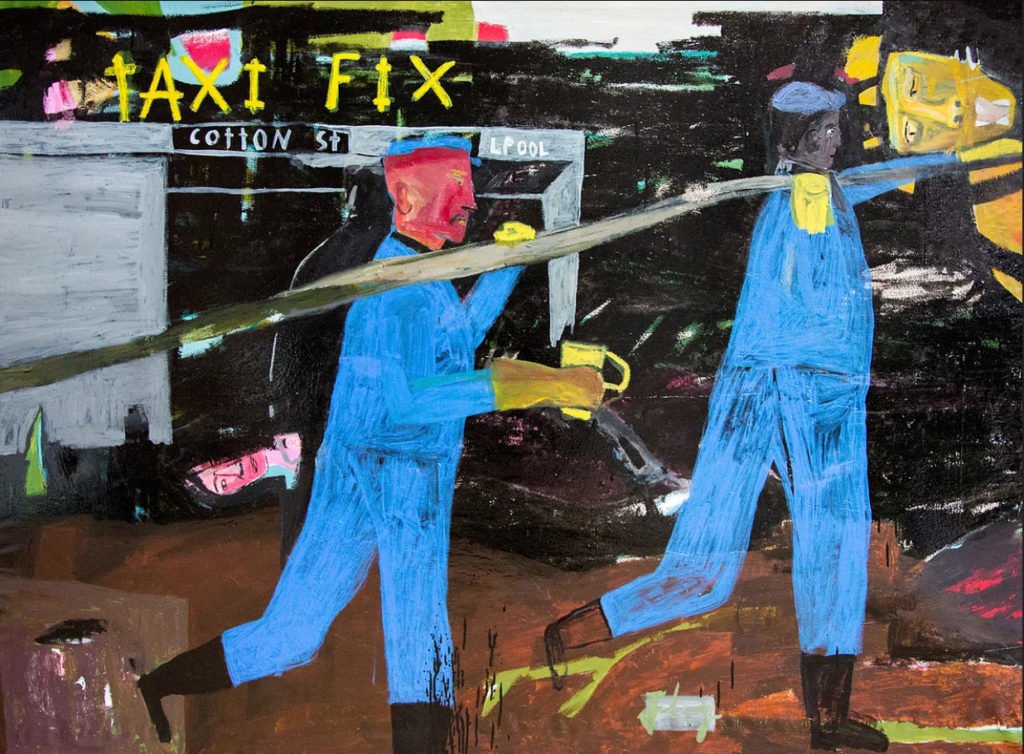
‘Taxi Fix’
What do you hope people will take away from your work? I know that humour is very important, and we talked about it at length, but are there any other feelings or thoughts you’re hoping to trigger or is that of secondary importance to you?
The most important aspect of looking at my work is that I’d like for the viewer to raise questions, to open some kind of debate. That’s the point. Humor is an ingredient that makes it more pleasurable.
What’s it like, now having the ability to wake up and spend the day painting? Given the nature of your previous work, it seemed quite structured and strict. Do you appreciate the freedom to create all the more now, or was it hard to get used to it?
It has been really easy to adapt to this lifestyle that I hoped to have for a long time. I am really committed to my work and I know exactly what I have to do on a daily basis so I just get on with. Apart from walking my dog which gives me a good break and distance from obsessing over whatever I am doing I spend all the hours of my day either researching or drawing or some days I just paint for 10-12 hours straight.
Tell me about your upcoming show.
I recently got a prize and art residency to go to Spain. This prize was looking specifically for artists in Liverpool and was funded by the European Union, so I said that if I have a solo exhibition on the 31st of October, I would be working in Spain and making work about Brexit. So the European Union funded me to go and do that!
My upcoming show will be talking about things that everyone can relate to. It’s almost impossible to look at the paintings and think ‘oh, I’ve never felt that’, once you know what the paintings are talking about. I read a lot, I think that writers are a brilliant invention. I think it’s like a superpower when you’re a writer – you’re able to talk about almost anything you want because metaphors exist. In the show there will be a combination of really strong criticism about anything from the use of plastic and the Amazon being deforested faster than the conchords could fly, to the way that women are driven to use contraception that’s killing them. It’s a mix between real-life experiences but I never just want to talk about anything personal that’s interesting only to me, it should also have a public echo. Like the contraception issue, it’s a matter of public health but I can only talk about it through my own perspective because that’s what I know best.
When you look at my paintings it’s almost like walking down the street where I used to live, where there’s a million neighbours talking to each other, there’s a guy cycling to sharpen his knives and he blows a whistle and everything is happening at once.
There are all of these ingredients I always think about when I sit down to do a piece of work. If only my hands could follow the rhythm of my ideas I wouldn’t have any room left in this house!
Joana’s upcoming exhibition starts on the 31st October at Output Gallery
You can see more of Joana’s work on her website here
Filed under: Art & Photography
Tagged with: animation, art, artist, Brexit, ceramics, colour, contemporary, european union, exhibition, interview, Joana de Oliveira Guerrero, liverpool, painting, print, resiency, visual
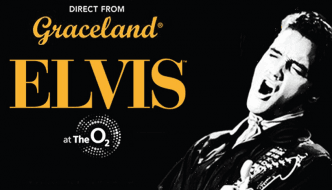

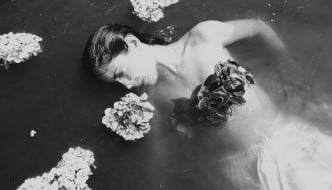
Comments